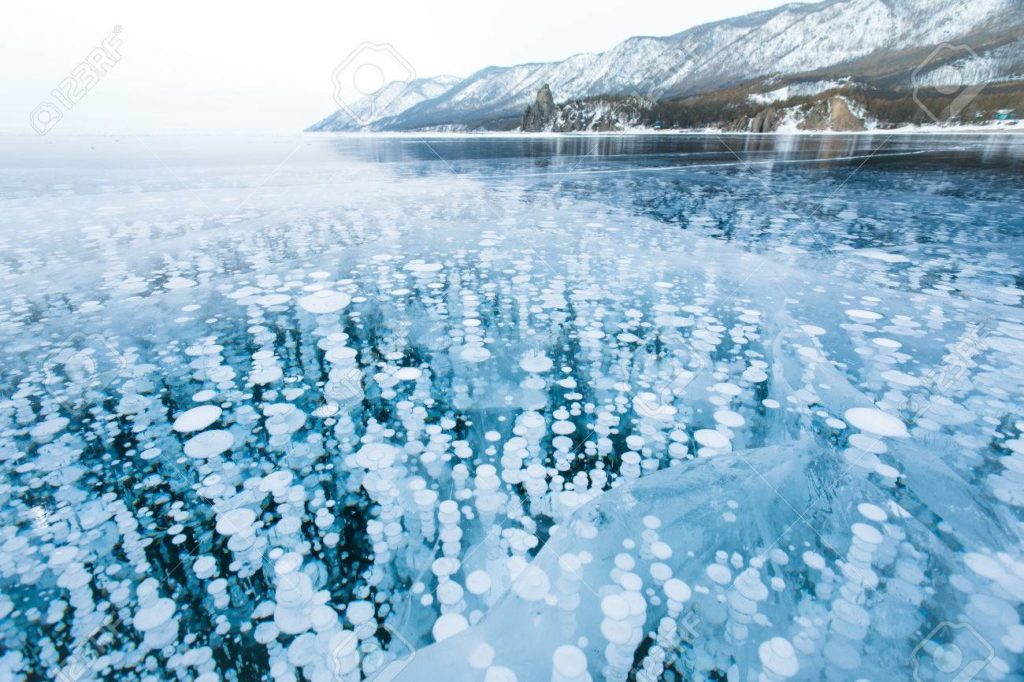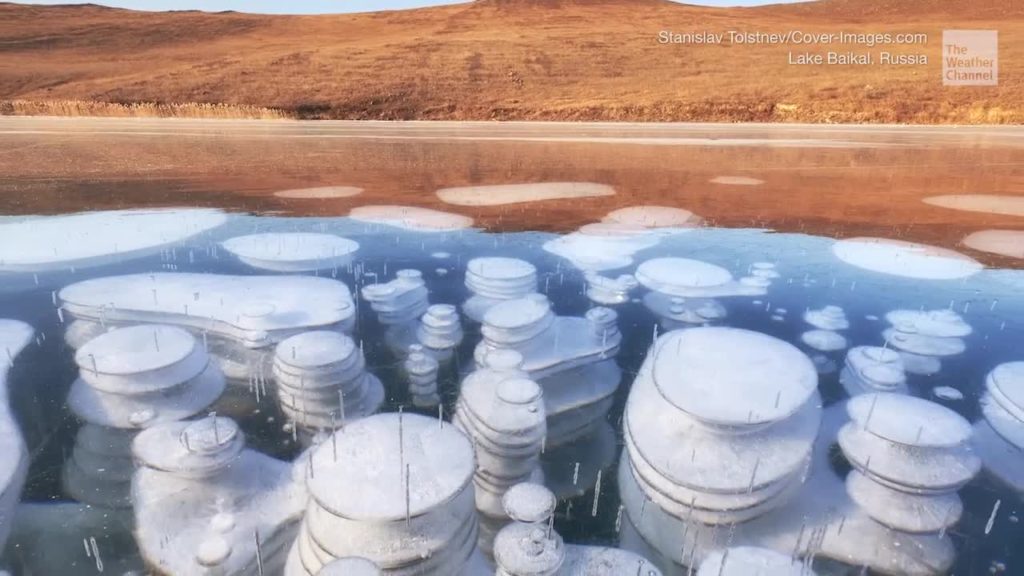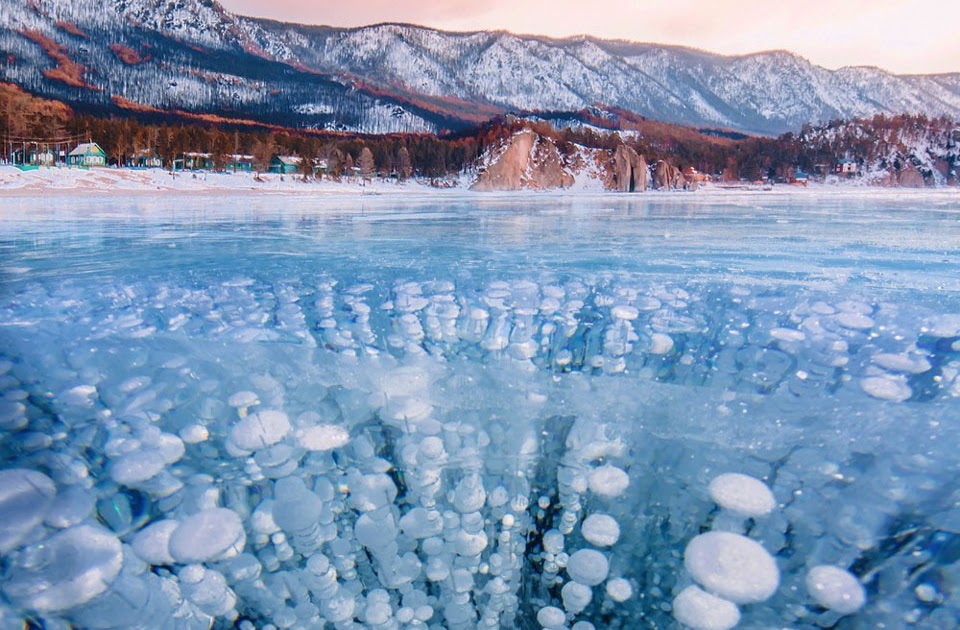Lake Baikal and More of the Weirdest Lakes of the World…..
Set deep within the Russian subcontinent, Baikal is the deepest, oldest and most voluminous of all lakes
The following written content by Alastair Bland

Lake Baikal and More of the Weirdest Lakes of the World
Set deep within the Russian subcontinent, Baikal is the deepest, oldest and most voluminous of all lakes
No lake is more lake than Lake Baikal. Set deep within the Russian subcontinent, Baikal is the deepest, oldest and most voluminous of all lakes, a superstar of superlatives in hydrology, geology, ecology and history. The lake is more than 5,300 feet deep (exact figures vary) at its most profound point, which lies about 4,000 feet below sea level. With 12,248 square miles of surface area, Baikal averages 2,442 feet deep—its crescent moon-shaped figure a vast rift valley that first appeared about 25 million years ago through the divergence of the planet’s crust. Today, Lake Baikal contains some 20 percent of the earth’s lake and river water, making this Russian giant comparable in volume to the entire Amazon basin. So huge is Baikal that it reportedly takes an average of 330 years for a single water molecule to flow through it, from inlet to outlet. Lake Baikal features 27 islands, including one 45 miles in length called Olkhon, while in and around Baikal live more than 1,500 animal species, about 80 percent of which live nowhere else on the planet.

The most famous of these animals may be the nerpa, the only exclusively freshwater seal on the planet. The nerpa numbers an estimated 100,000—a comfortable and well-adapted population of animals whose presence in interior Russia has stumped evolutionary biologists, who aren’t certain when or just how the animals came to be so far from the open ocean. Guided tourist outfits can provide visitors with views of the animals, though the seals are generally skittish around people, who have long hunted them for pelts, fat and flesh. Brown bears and wolves dwell near the lake, too, occupying the top tiers of the Siberian food chain, as do a variety of deer, birds, rodents and smaller predators.
The first European to visit Lake Baikal may have been Russian Kurbat Ivanov, in 1643, though local lore claims that Jesus took a short walk to Lake Baikal and back during his days of desert wandering. Today, a wilderness of forest, plains and semidesert surrounds Baikal in the grand landscape of Siberia, though development along the shores of the lake occurred last century with the building of several urban and resort communities. Ugliest, perhaps, among the defilements of Baikal’s coastline is a paper mill that discharged pollutants into Baikal for years before being closed in 2008 on grounds of ecological protection. But the mill reopened in 2010, supposedly using cleaner and safer practices than previously. Meanwhile, local conservationists have other causes of concern. They have, for example, resisted plans to build a uranium plant in the nearby city of Angarsk. And they raised a stink when a petroleum development company called Transneft nearly built an oil pipeline that would have passed within 3,000 feet of Lake Baikal, threatening its waters with leaks and spills. The planned pipeline route was eventually changed. Tourism development is a minor itch in comparison, though it may produce eyesores like the hotels and vacation communities of Listvyanka, a popular winter and summer tourist town.
If you visit Lake Baikal, remember that winters here are frigid and icebound, with continental cold snaps bringing temperatures as low as minus 40 degrees Fahrenheit and producing a layer of surface ice as thick as two meters. Summertime is friendlier, offering long, long days and superb opportunities for hiking, biking, camping and fishing. Along the lake’s northern shore, the Frolikha Adventure Coastline Track leads 65 miles through the wilderness. How to reach Lake Baikal? Try the legendary Trans-Siberian Railway. Read more from Smithsonian Magazine.
Follow News Without Politics for more interesting and relevant, important U.S. and world news stories plus health, entertainment, sports, weather, food and more without media bias.
Stay informed daily. unbiased news fair and balanced, ahead of influence.




